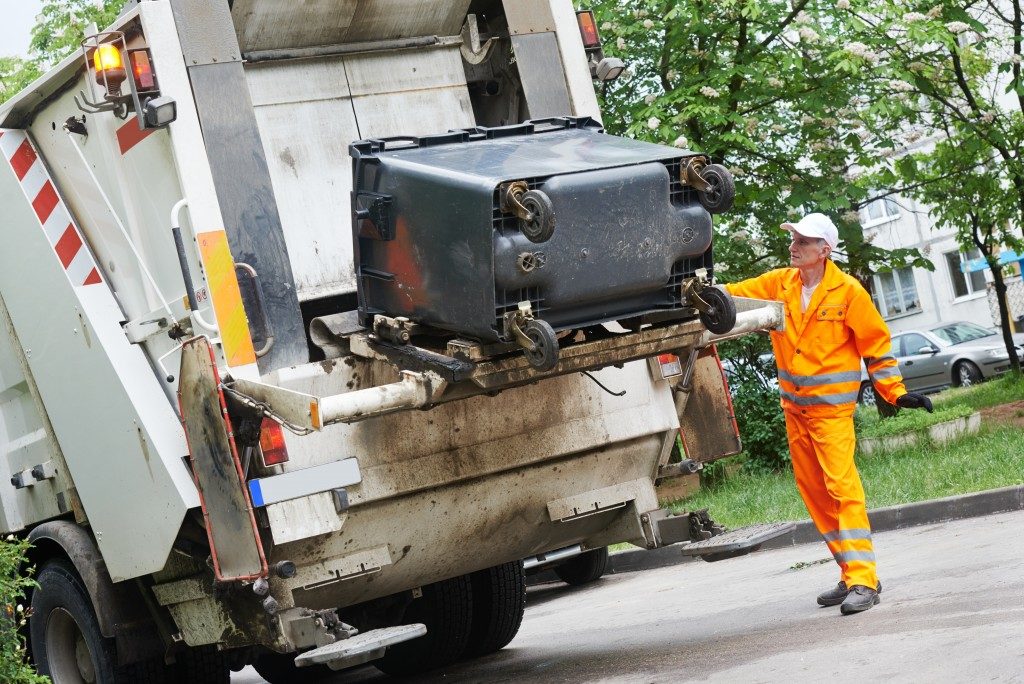Intermediate bulk containers or IBC bunded pallets are specialized container systems used for the containment of liquid, especially those that are highly combustible when being stored or transported. This system helps to reduce health and safety risks in the workplace. On a larger scale, bund prevents the risk of seepage of hazardous waste to the environment.
The recent bush fire in Australia or the melting ice caps in the North Pole are all clear signals that the climate is changing. Major industries play a significant role in reducing the adverse effects of climate change. Managing industrial waste will have an impact on saving and protecting the environment. But individuals and individual homes also play a part in reducing hazardous waste.
Hazardous Waste Overview
The Environmental Protection Agency (EPA) defines hazardous waste as those that can “harm human health or the environment.” At home, typical examples of hazardous wastes are batteries and highly toxic cleaning chemicals or materials.
The estimate is that American homes produce 1.6 million tons of hazardous wastes annually. Approximately 100 pounds of these wastes are found in an average home.
Proper Disposal

Reducing consumption of anything will indirectly positively impact the environment. But once products are consumed, the remaining waste needs to be disposed of properly. Every individual and every home can help. Here are a few ideas to consider:
- Seal them. Put waste that will leak, e.g., small batteries inside a sealed bag or wrap them properly before disposal.
- RTFL. Read the factory label. Most hazardous products would include ways to dispose of them. Read and follow the direction before just throwing it inside your garbage bin.
- Secure your waste. If it’s going to “linger” in your house, make sure that your hazardous wastes are safely stored and can’t be accessed by possible strangers, passersby, or burglars. They can easily get contaminated from the trash and can spread the contamination to people they come into contact with.
- Call the pros. Companies and even some non-profit organizations have taken the lead in helping communities get rid of their hazardous waste. There are some commercial operations now that handle hazardous waste disposal. Call them up and see if you can schedule a home pick up. If they don’t pick up, find out about drop off locations. If you’re not familiar with any, contact your country office or any EPA office to inquire about hazardous waste disposal. They might be able to make referrals for you.
- Know the law. Each city or state has rules governing the disposal of hazardous waste. Make sure that you are fully informed about what these laws are.
- Order recycling kits. Some waste management companies can send you recycling kits by mail. Waste Management is one such company that operates all over the U.S. If your zip code qualifies, they send you the package by courier. You fill it up with the hazardous materials, and you sent it back to them. If there’s no pick-up or drop off point options, this is your alternative. The kits are suitable for items, like batteries or light bulbs, but not hazardous liquid like oil or gasoline.
Remember that the best way to get rid of waste is not to create them. But of course, you need to change the batteries of your car and your wall clock. The preceding discussion will help you.

